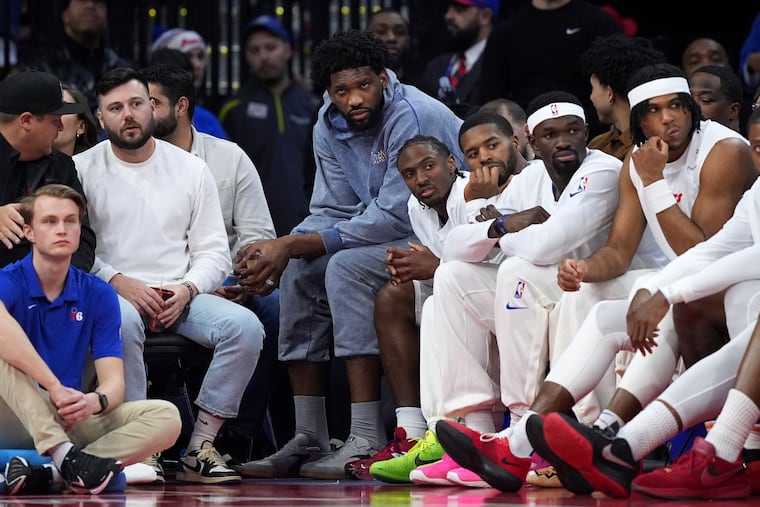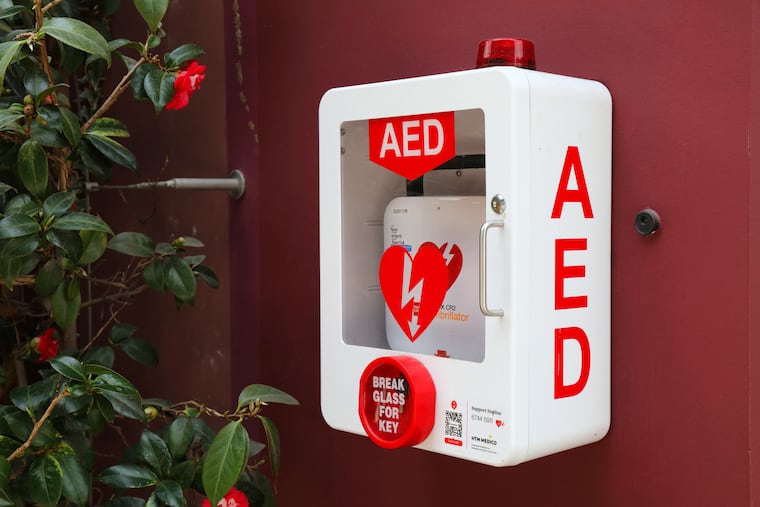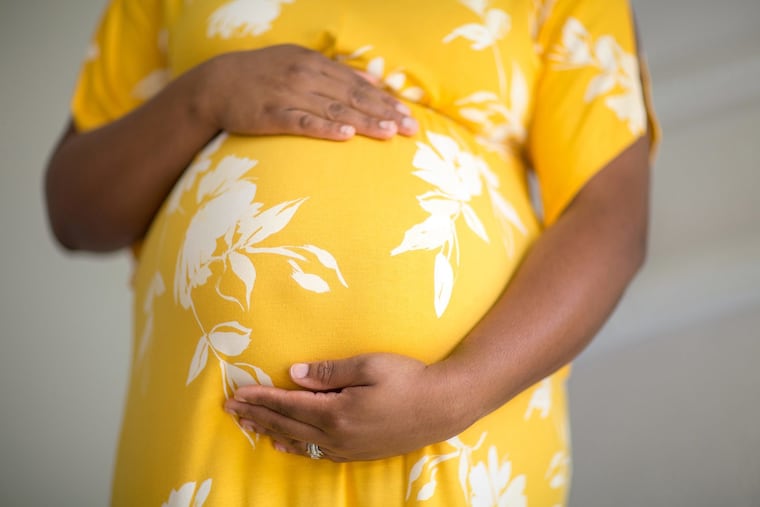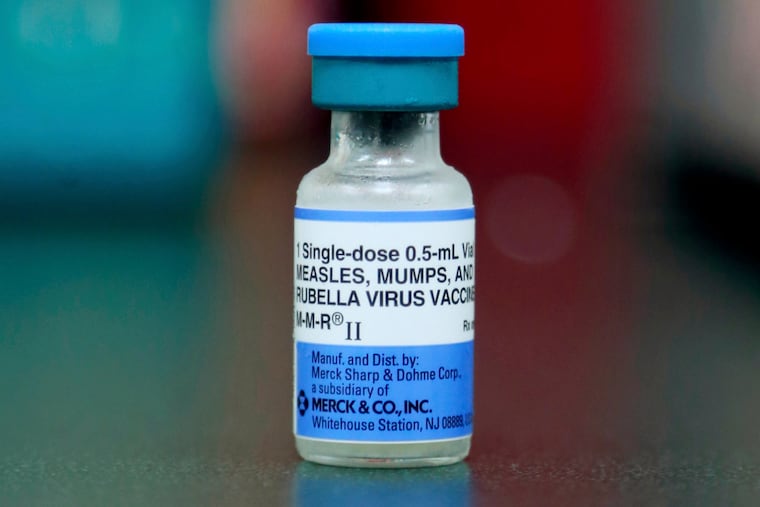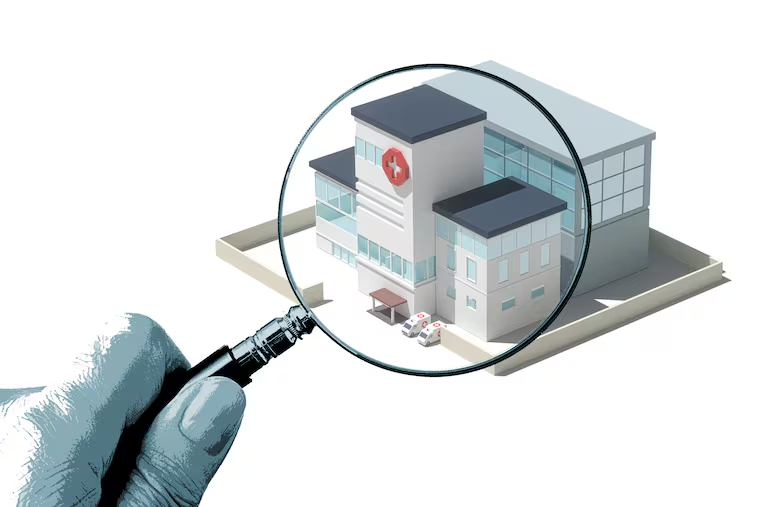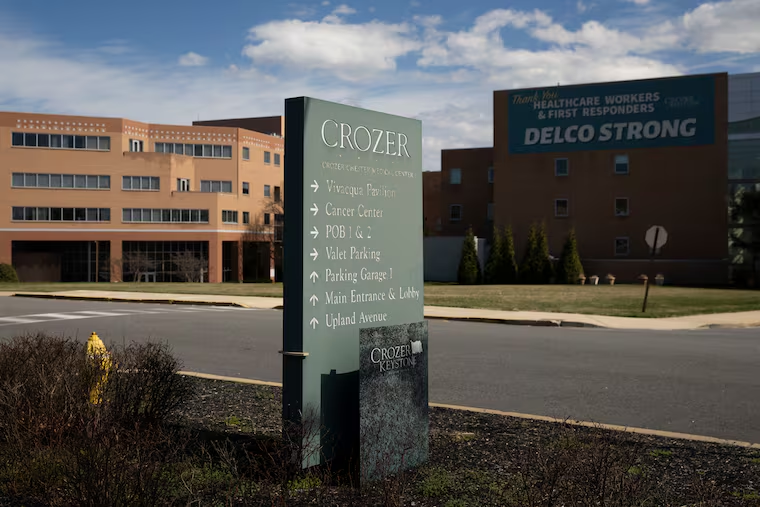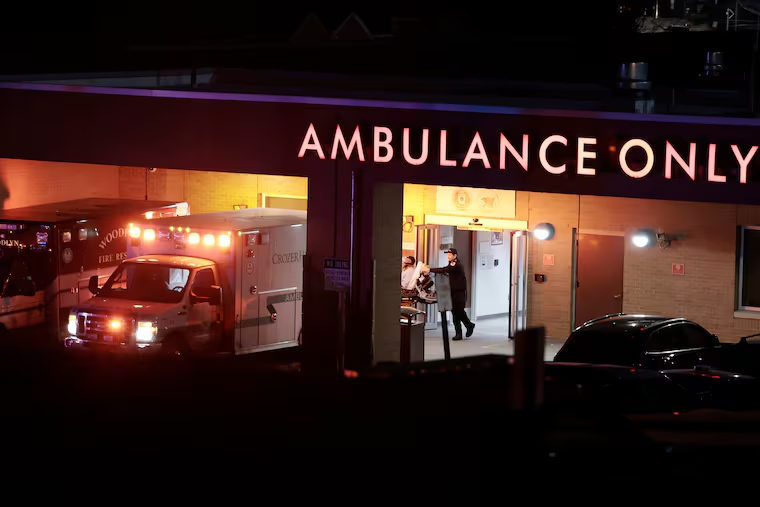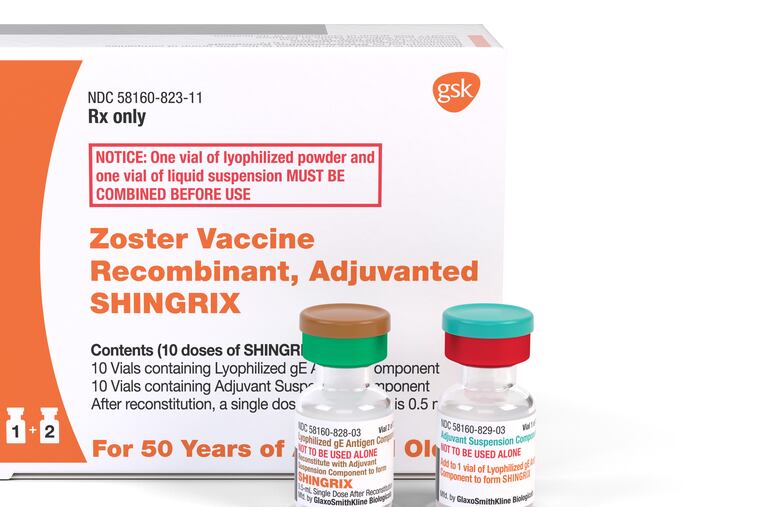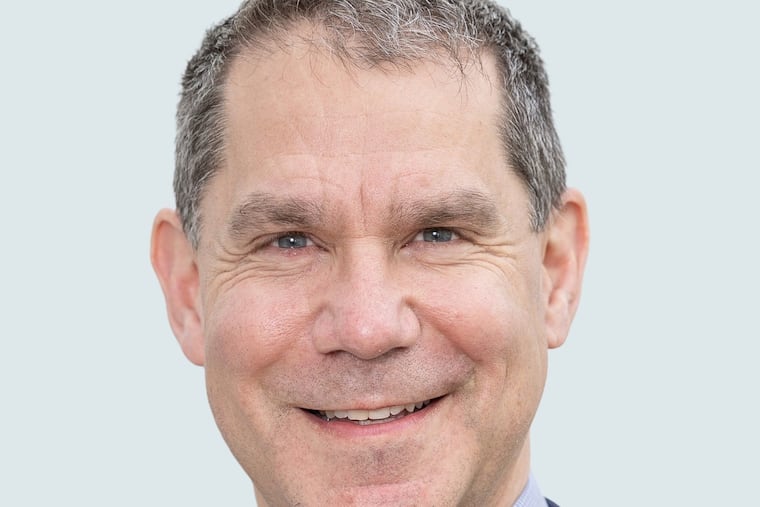Closing Hahnemann could deprive some struggling neighborhoods of a key safety net
Hahnemann University Hospital’s decision to turn away critically ill emergency patients comes at the start of the busiest season for health emergencies, when car crashes, gunshot wounds, and other trauma are on the rise.

- Harrisburg man to be charged with attempted murder for setting fire to Gov. Josh Shapiro’s Harrisburg residence
- When this is over, U.S. rights abusers must be tried for crimes against humanity
- What to know about Gov. Josh Shapiro’s mansion where an arsonist set fire
- Brandon Marsh on his 4-for-37 start for the Phillies: ‘I’m letting my guys down’
- Joel Embiid’s Olympic medal cost the Sixers $156.2 million and cost Tyrese Maxey a precious season
Link copied to clipboard
Link copied to clipboard
Link copied to clipboard
Link copied to clipboard
Aneri Pattani, KFF Health News
Link copied to clipboard
Marianne A. Fray, For The Inquirer
Link copied to clipboard
Vanessa G. Sánchez and Daniel Chang, KFF Health News
Link copied to clipboard
Link copied to clipboard
Link copied to clipboard
Marissa J. Lang and Karina Elwood, Washington Post
Link copied to clipboard
Link copied to clipboard
Mike Stobee and Kasturi Pananjady, Associated Press
Link copied to clipboard


